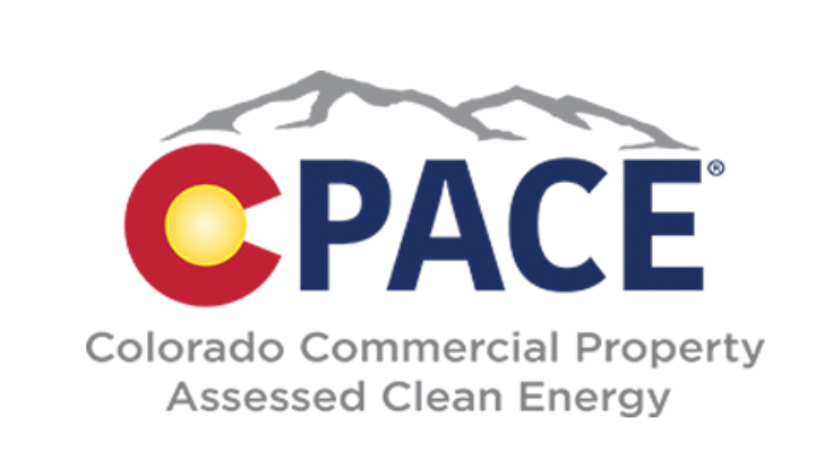
By Joel Poppert, managing director, Imperial Ridge Real Estate Capital
The future is coming, and it’s going to be electrified. The questions on many developers’ and owners’ minds now is, how soon, and how much is it going to cost. The answer? You’d be wise to start planning now. Right now, more than 100 cities and counties have adopted policies that require or encourage moves to all-electric homes and buildings, per the Rocky Mountain Institute. By the looks of it, more cities are following suit. No matter where you develop, electrification is now an important consideration. What’s perhaps more challenging is the issue of updating the existing built environment.
Here in Denver, the need for the private CRE industry to determine a clear path forward has become critical. In late 2021, Denver City Council adopted the Energize Denver Electrification Program, which required large multifamily and commercial buildings over 25,000 square feet to become as efficient as the 85th percentile of all buildings by 2030. Per the City and County of Denver, the building code is being updated to phase in a set of requirements for existing commercial and multifamily buildings to replace gas-fired heating and cooling equipment with electric alternatives (like ground or air source heat pumps) at the end of system life. The first requirement, which went into effect on March 1, 2023, just changes the permitting process for pulling a permit for heating and cooling equipment replacement. Further requirements will go into effect in 2025 and in 2027, and these requirements affect all commercial and multifamily buildings, regardless of size.
Determining a way to finance the necessary upgrades to electrify buildings – especially in this challenging development landscape we now find ourselves in – is essential. One still-underutilized tool available here in Colorado (as well as in 30 other states currently) is C-PACE or Commercial Property Assessed Clean Energy financing.
For those unfamiliar with C-PACE, this is a form of financing enabled by State legislature that allows for private capital to fund commercial real estate (CRE) investments in energy efficiency, onsite renewable energy systems (including geothermal heating and cooling), water conservation and resiliency. The financing is available to be used for both new construction and existing buildings and is secured by a parcel-level voluntary assessment paid back via a fixed amortization for up to 30 years. Traditionally, C-PACE has been used either as a replacement to traditional mezzanine financing for real estate developments to improve the capital stack, or leveraged to fund large capital expenditure projects in existing CRE assets.
As it stands to today, C-PACE is neither well-understood nor well-used, patiently waiting for its time to be realized for its real potential as a market-based solution for funding municipal (or state-level) net zero mandates such as electrification. The biggest opportunity and the one that has the potential to scale C-PACE into a security worthy of our largest pensions funds, is reframing the way the CRE and financial markets think about C-PACE as on-site infrastructure financing.
Sound far-fetched? Hear me out. With the advancement of net zero and electrification mandates, we have inadvertently blurred the lines between off-site and on-site energy infrastructure, and therefore need to find ways to fund on-site energy infrastructure much like we do utility-scale energy infrastructure: with long-term, fixed, fully transferrable capital, e.g., C-PACE.
Think about it, we amortize coal plants for up to 60 years, utility-scale solar for up to 30 years, and wind farms for up to 25 years. So, in what world can we expect our CRE owners to fund the significant investments necessary to electrify their buildings, when the longest-term financing for them is approximately five years and it is not transferrable?
The days of chasing low hanging energy efficiency upgrades such as wLED lighting are over. Electrification can potentially add millions of dollars to a buildings capital expenditure plan to replace boiler/chiller systems with air or ground source heat pumps. Being the owner caught between this mandate is going to be rough without an effective financing mechanism to fund the additional costs and spread the burden over the lifespan of the systems themselves.
Further, the municipalities will not stop at electrification. They will increasingly an out of necessity be committed to net zero, which will ultimately take several generations of on-site infrastructure investments to achieve. This is not a problem if we continue to use C-PACE, and the investment principles that it adheres to, to advance towards this goal.
Now, let’s talk about the elephant in the room: why C-PACE has traditionally been slow to penetrate the market. The answer is lender consent. C-PACE is treated in the same manner as ad-valorem property taxes, an annual payment of C-PACE, like property taxes, is a priority payment superior to the primary mortgage holder, and most banks just don’t like that so much.
So, this article is as much for them as it is for everyone else. This is not to suggest that banks adjust their credit procedures recklessly (we’ve all seen recently the risks there). Rather, we would offer that this is a critical juncture at which we all need to come to the table – municipalities, CRE professionals and financial institutions – with a solutions-oriented mindset. Whether we like it or not, our assets are going to have to comply with these mandates, and if they don’t, ironically the lender’s lien position will be weakened. Using traditional capital to finance it runs the risk of reducing the borrower’s ability to cover the mortgage payments.
The reality is that C-PACE is one of many solutions that will need to be offered at this table if we’re going to take our communities to net zero over the next couple of generations. But it is a tool that exists today and can be implemented right now, if capital markets, municipalities, and our buildings owners can begin to adjust their perspective (and underwriting of) of C-PACE financing and see it as a viable means to fund these long-term, increasingly mandated building infrastructure upgrades.
Imperial Ridge Real Estate Capital is a national, private commercial real estate capital provider based in Colorado. The mix of primary debt, gap financing and preferred equity they offer can be combined to provide capital solutions that are both accretive to an owner’s returns and flexible enough to meet the needs of each individual asset









